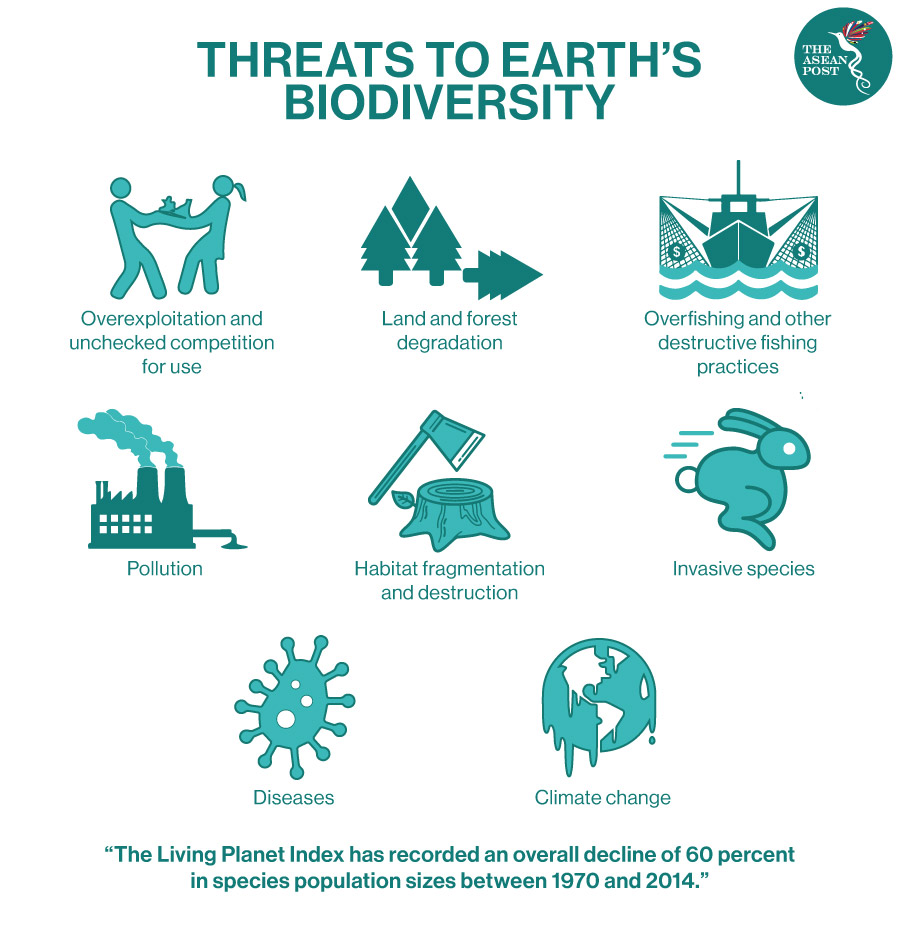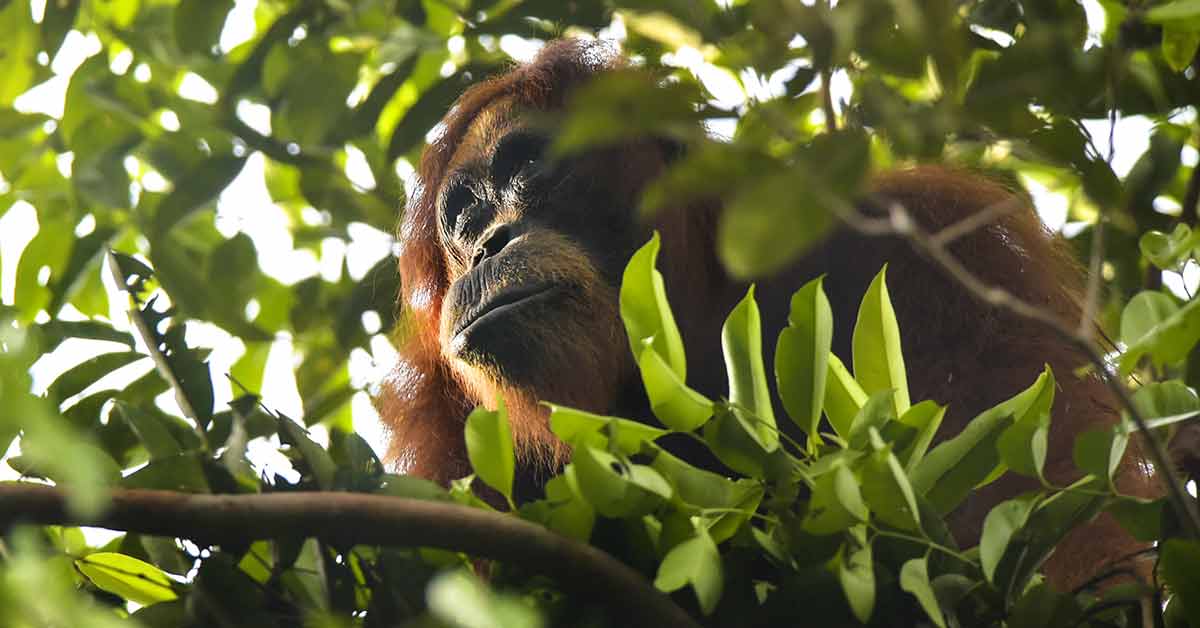To date, more than 29 million people have contracted the COVID-19 virus worldwide. Across ASEAN, over half a million people have been infected with more than 13,000 coronavirus-related fatalities reported in the region.
The virus is believed to have been passed on from animals to humans – prime suspects include bats and pangolins, both considered delicacies in China where the virus first appeared. Researchers from the University of California's School of Veterinary Medicine warned that diseases such as COVID-19 could become more common as human activity destroys habitats.
The International Union for Conservation of Nature (IUCN) said that human incursions into natural areas for logging, mining and other purposes has caused habitat loss and fragmentation, increased contact between humans and wildlife, and greater exploitation and trade of wild animal products.
“This enables the spread of diseases from animal populations to humans who have little or no resistance to them,” added the organisation, saying that the new COVID-19 virus is just the latest and most widespread of zoonotic pandemics after the Severe Acute Respiratory Syndrome (SARS), Middle East Respiratory Syndrome (MERS) and Ebola.
“Many of the threats facing biodiversity and protected areas will be exacerbated during, and following, the COVID-19 outbreak. The health of humans, animals and ecosystems are interconnected,” stated the IUCN.

Southeast Asia is home to an abundance of diverse biological resources. It is the habitat of 18 percent of the world’s known plants and wildlife.
Recognising the linkages of biodiversity and health, organisations are now calling for the conservation of nature to prevent future outbreaks.
According to Theresa Mundita Lim, Executive Director at the ASEAN Centre for Biodiversity (ACB), other than the breath-taking views and significant ecosystem services they provide, ASEAN’s natural parks and protected areas could also be key in mitigating the impacts of disease outbreaks, and even preventing them.
“The COVID-19 pandemic reminded us that many of these wildlife species could be natural virus reservoirs. When their habitats are encroached on or destroyed, these reservoir species are driven toward human settlements, increasing the risk of virus transmission to domestic animals, and eventually to humans,” said Lim in a recent webinar.
Zakri Abdul Hamid, founding chair of the Intergovernmental Science-Policy Platform on Biodiversity and Ecosystem Services (IPBES) in Malaysia also shares the same sentiment. He said, in a webinar held by The ASEAN Secretariat (ASEC) and the ACB, that nature must not be forgotten while governments are busy saving human lives and rebooting economies in their post-pandemic response.
“After all, the root cause of those zoonotic diseases such as COVID-19 is the destruction of wildlife habitats, a fact endorsed by most of the scientific community,” he said.
Protected Areas
Across ASEAN, there are 2,652 protected areas, covering an accumulated total of more than 800,000 square kilometres in the region.
In a recent webinar focusing on protected areas in the COVID-19 response, Theresa Mundita Lim announced that ASEAN – with support from the ACB – has been working on establishing protected areas in the region while continuously supporting existing ones.
“This has become even more crucial now as we build a new normal amid the ongoing pandemic,” she stated.
One of ASEAN’s flagship programmes – the ASEAN Heritage Parks Programme – recognises and supports the cream of the crop of protected areas in the region, explained Lim.
Of the mentioned protected areas in the region, 49 are designated as ASEAN Heritage Parks (AHPs) and 80 percent of them are considered as ecotourism sites. In Indonesia alone, there are several AHPs, such as the Kerinci-Seblat National Park, Gunung Leuser National Park, and Lorentz National Park, among others. These sites are outstanding protected areas of high conservation importance that conserve a wide array of ecosystems in the region.
The AHP Programme has also encouraged ASEAN member states to set aside and conserve more areas in the region that are of high conservation importance.
Nevertheless, like any other part of the world, the COVID-19 pandemic has not spared the protected areas including the AHPs. The coronavirus has halted some major activities including tourism. AHPs and other sites have had to be temporarily shut down – resulting in loss of livelihood, especially among those who are dependent on the tourism industry.
According to Lim, time and resource limitations pose further challenges to existing conservation and tourism programmes. Financial support for their management remains crucial.
“There was a case when funds for conservation were realigned to a COVID-19 related relief program. This resulted in the downscaling of conservation programmes that ultimately affected not just the protected area itself but the communities that depend on it as well,” she explained.
The impacts of the pandemic are indeed challenging for the region’s protected areas. “However, these challenges are not insurmountable,” said Lim, when closing the webinar session.
She cited that regional collaboration and concerted efforts, especially in the exchange of information, could contribute to strengthening strategies and developing policies for biodiversity conservation.
Related Articles:
